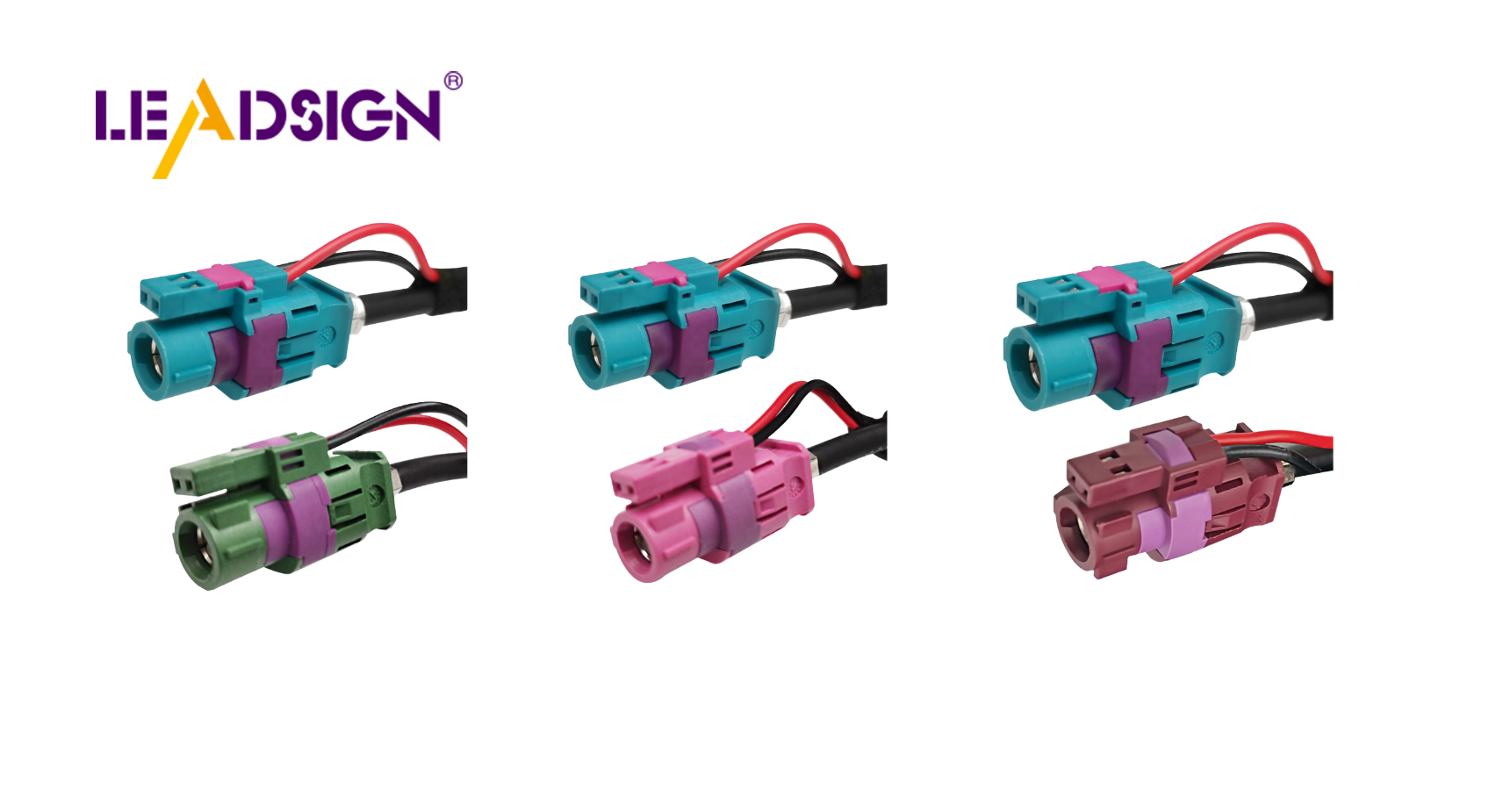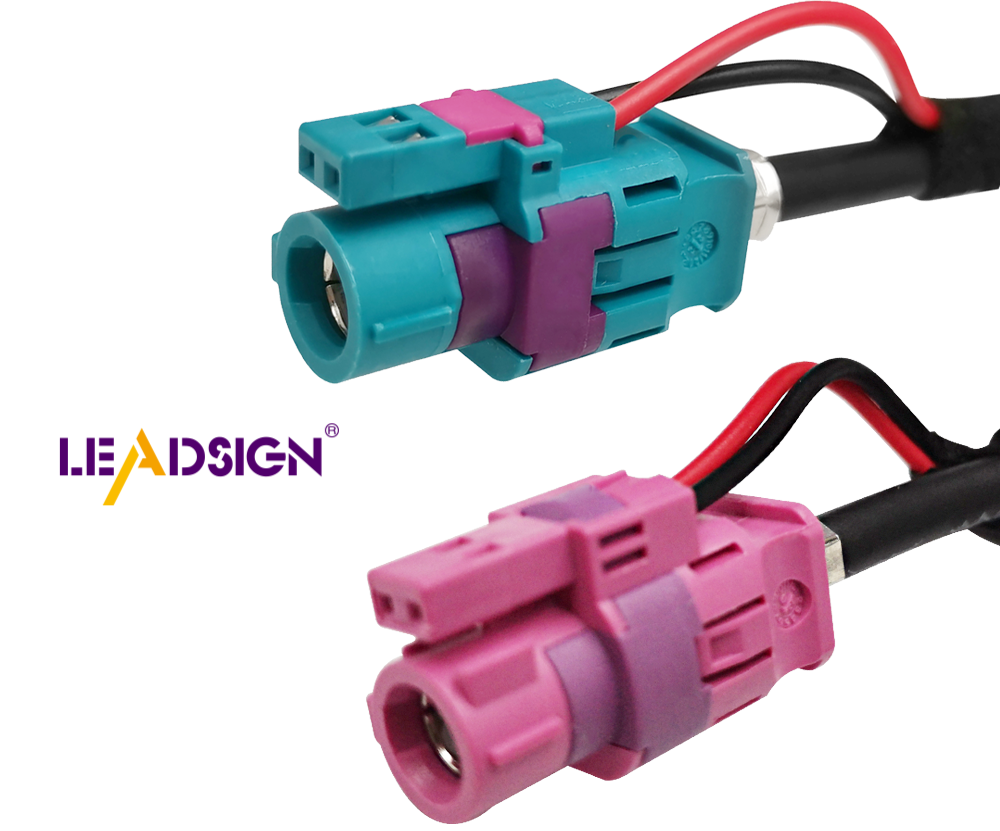Vehicle Cable Testing: A Guide to Performance and Safety

Vehicle cable testing is very important for safety and performance. If testing is not done well, bad things can happen. This includes accidents and people getting hurt. Good cables are needed for vehicles to work right. Different tests check for weak spots in vehicle cables. These tests include mechanical, electrical, and environmental checks. They make sure cables can handle tough conditions. This helps keep vehicles safe and lowers risks. Doing all tests well keeps vehicle systems strong and reliable.
Key Takeaways
Vehicle cable testing is crucial for ensuring safety and performance, preventing accidents and injuries.
Mechanical tests, such as bend and torsion tests, assess the flexibility and strength of cables, ensuring they can withstand real-life conditions.
Electrical tests, including conductivity and insulation checks, verify that cables effectively carry electricity and prevent power leaks.
Environmental tests ensure cables can endure extreme temperatures and moisture, enhancing their durability in various conditions.
Adhering to industry standards like ISO/TS 16949 and SAE ensures that vehicle cables are manufactured to high-quality specifications.
Regular testing and quality checks help identify weak spots in cables, leading to improvements and safer vehicle systems.
Investing in thorough cable testing not only enhances vehicle reliability but also contributes to overall road safety.
Mechanical Testing of Vehicle Cables

Mechanical tests are key to making sure vehicle cables work well. It's important to know how these tests work to see why they matter for cars. Let's look at the different mechanical tests done on car wires.
Flexibility Tests
Flexibility is important for car wires. They need to move and bend without breaking. Two main tests check this flexibility:
Bend Test
The bend test checks if a cable can handle bending over and over. You bend the cable back and forth like it would in real life. This test makes sure the cable won't break from bending too much in cars. Passing this test shows the wire is strong for daily use.
Torsion Test
In the torsion test, you twist the cable to see if it can handle twisting. This is important because car wires twist when being put in and used. A good torsion test means the cable stays strong and works well.
Strength Tests
Strength tests show how tough car wires are. These tests make sure cables can handle the stress they face in cars.
Tensile Strength Test
The tensile strength test checks how much force it takes to pull a cable apart. You pull until the cable breaks. This test shows the most weight the cable can take without breaking. Good car wires have strong tensile strength, so they stay together under stress.
Impact Resistance Test
Impact resistance is important for car wires. They might get hit or shocked suddenly. In this test, you hit the cable to see if it can take the hit without breaking. Passing this test means the cable can handle surprises, making car systems safer and better.
Doing these mechanical tests makes sure car cables are ready for tough car use. These tests find weak spots, helping makers improve their cables and keep them safe and strong.
Electrical Testing of Car Wires
Electrical tests are important for car wires to work well. You need to know how these tests work to see why they matter for cars. Let's look at the different electrical tests done on car wires.
Conductivity Tests
Conductivity tests show how well a car wire carries electricity. These tests make sure wires work well in cars.
Resistance Check
Resistance check is a basic test for car wires. You measure how easily electricity moves through the wire. Lower resistance means better flow, which is good for car wires. This test finds problems that might affect the wire's work.
Voltage Drop Check
The voltage drop check sees how much power is lost in the wire. You want little power loss for good energy use in cars. This test checks if the wire keeps steady power, which is key for car systems.
Insulation Tests
Insulation tests look at the wire's cover. These tests make sure the cover stops electricity leaks and keeps things safe in cars.
Insulation Resistance Check
The insulation resistance check sees how well the cover stops electricity. Strong cover stops short circuits and keeps things safe. This test shows if the cover can handle car use.
Dielectric Strength Check
The dielectric strength check tests if the cover can take high power without breaking. You give the wire high power and see if the cover stays strong. This test makes sure the cover stops power problems, keeping cars safe.
Doing these electrical tests makes sure car wires meet rules and work well in different places. These tests find weak spots, helping makers make better car wires.
Environmental Testing for Car Cables
Environmental tests are important for car cables to last long. Knowing these tests helps us see why they matter for cars. Let's look at the different tests done on car cables.
Temperature Changes
Car cables need to work in hot and cold places. Testing for temperature changes makes sure cables work well in all weather.
Hot and Cold Test
The hot and cold test checks how cables handle quick temperature changes. You make the cable hot, then cold, back and forth. This test sees if the cable can stretch and shrink without breaking. Passing means the cable stays strong in changing weather.
Heat Test
In the heat test, you keep the cable in high heat for a long time. This test checks if the cable works well when it's really hot. A good test result means the cable can take heat without getting weak, keeping cars safe.
Water and Rust
Water and rust can hurt car cables. Testing for these makes sure cables work in wet and rusty places.
Salt Test
The salt test shows how cables handle salty air, which can cause rust. You spray salt water on the cable and see if it rusts. This test makes sure the cable works in salty places like near the sea.
Wet Test
The wet test checks how cables work in wet places. You put the cable in high moisture and look for problems. Passing this test means the cable can handle wetness, staying strong in cars.
Environmental tests make sure car cables can handle tough conditions. These tests find weak spots, helping makers make better cables. This makes car systems safer and more reliable.
Quality Checks and Approval in Car Cable Testing
Making sure car cables are good is key for safety. You need to know why rules and tests matter in this. These things make sure car cables work well in different places.
Rules to Follow
Rules are important in making car parts. They make sure car wires are made right.
ISO/TS 16949
ISO/TS 16949 tells how to manage quality in car making. It covers making, fixing, and using car parts. Following ISO/TS 16949 means car cables pass tough tests, making them strong.
SAE Rules
The Society of Automotive Engineers (SAE) Rules guide making and testing car parts. They cover wire parts and how they fit together. Meeting SAE rules means car wires are made well and last long.
Testing for Strength
Testing strength checks if car cables last long. It finds weak spots and makes sure cables handle car use.
Life Test
Life test checks how long car cables last. It acts like real life to see how cables hold up. Doing life tests makes sure car wires work well for a long time.
Problem Check
Problem check looks at cables that broke. It finds out why they broke and helps make better cables. Knowing why breaks happen makes car cables stronger.
By following rules and testing strength, car cables meet top quality. This makes car cables work better and keeps cars safe.
Vehicle cable testing is very important for car safety. Testing finds weak spots or problems in cables. This makes cables last longer and work better. Tests make sure cables meet rules and work well in different places. Following these tests keeps cars working right and keeps people safe. By doing this, you help make cars safer and better.
FAQ
What are the key parts of testing how long car control cables last?
Testing how long car control cables last is very important. It makes sure they are safe and work well. These cables help with things like gas, clutch, brakes, and gears. If not tested well, cables might break and cause danger. Tests check if cables can handle different things. This makes sure they last long and work right.
Why is testing cables important in cars?
Modern cars have many electronic parts. They need good cables to work right. Testing makes sure each cable connection is good. Tools like hipot testers and special software help test faster. This means more cables can be made quickly and with better quality. Automatic tests also cut down mistakes and save test data for later.
What good things come from using a hipot tester for car cables?
Using a hipot tester is important for checking car cables before they are used. This tool, with other systems, makes testing fast and easy. It also keeps test records to show cables were checked before use. This helps make sure cables are safe and work well in cars.
How do mechanical tests make sure car cables are strong?
Mechanical tests like bending and twisting check if car cables are strong. These tests act like real life to see if cables can bend and twist without breaking. Finding weak spots helps make cables better. This makes sure they stay strong in cars.
What do environmental tests do for car cables?
Environmental tests check how car cables do in tough places. They see if cables can handle hot, cold, and wet weather. Passing these tests shows cables are strong and safe in all weather. This helps keep cars safe.
How do electrical tests help car wires work well?
Electrical tests check how well car wires carry power. They look at resistance and power loss. Good tests mean power flows well. Insulation tests check if the wire cover is strong. This stops power leaks and keeps things safe.
What rules help make sure car cables are good?
Car cables follow rules like ISO/TS 16949 and SAE. ISO/TS 16949 checks quality in making cars. It makes sure cables pass hard tests. SAE rules guide making and testing car parts. Following these rules makes sure cables are top quality and safe.
How does testing how long car cables last help?
Testing how long car cables last acts like real life. It checks how long cables can work. This test finds weak spots and makes sure cables last long. Doing this helps make strong cables that work well over time.
Why is looking at broken cables important in testing?
Looking at broken cables helps find out why they broke. Knowing this helps make cables better and stronger. This is important for making safer and better car systems.
See Also
Maximizing Data Flow in Vehicles: Connectors and Cables
Understanding Fakra Cables: An In-Depth Overview
Why FAKRA Coaxial Cables Matter in Automotive Use
Boosting Vehicle Efficiency with HSD to USB 2.0
Improving Data Transfer: Significance of Fast Automotive Connectors

